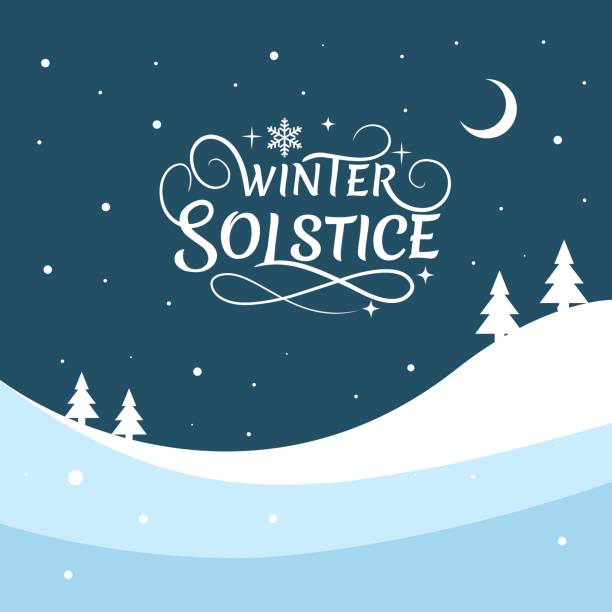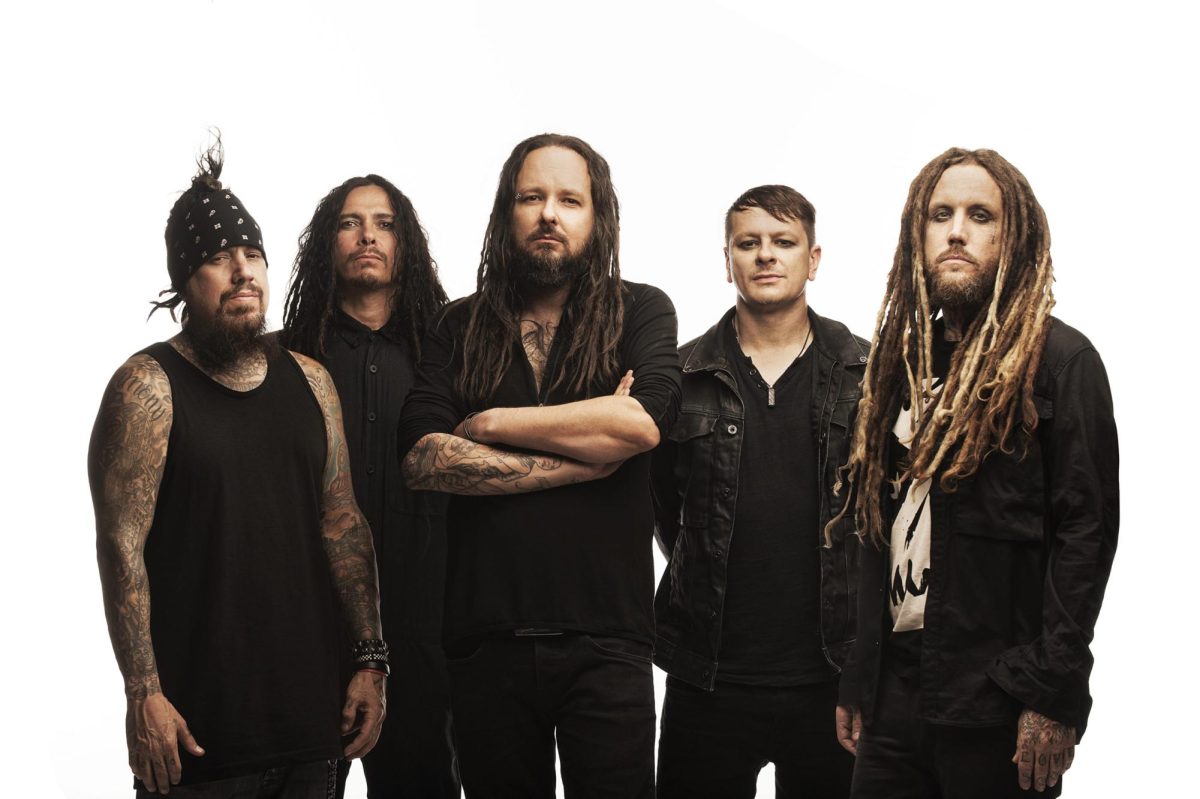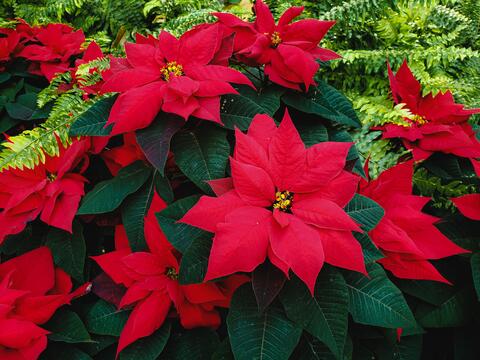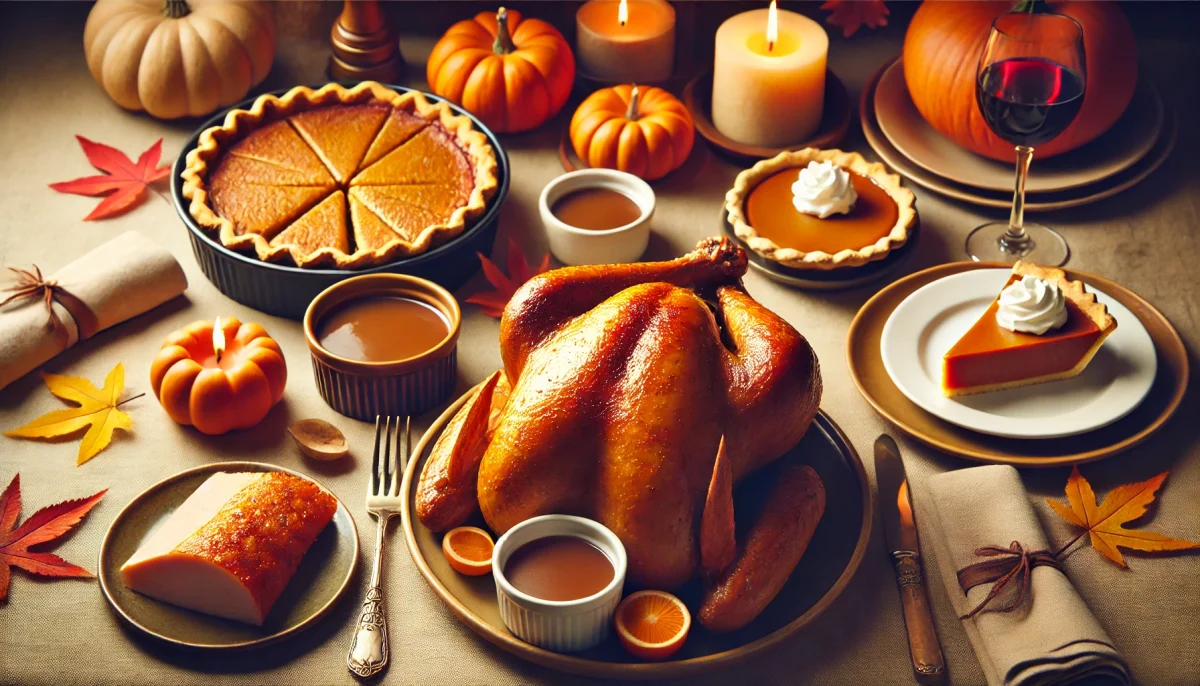The month of December is full of many holidays and celebrations that focus on spending time with our families, observing heritage or religious traditions, and welcoming the beginning of the winter season.
One celebration on Saturday is Winter Solstice, otherwise known as the shortest day and longest night of the year when either side of Earth is tilted the farthest away from the Sun. However, because seasons are reversed in Northern and Southern hemispheres, when we are transitioning from fall to winter, countries such as Australia and Argentina are going from spring to summer. Therefore, while we observe and commonly associate winter beginning in December, usually around the 21st or 22nd, the Southern hemisphere associates December with summer, with their actual winter season not starting until the Summer Solstice in June, usually around the 20th. Some traditions include winter solstice swims at beaches in Australia, gathering at Stonehenge in England to watch the sunrise the following morning, and a multi-day feast in Scandinavia called Yule. 
This year, following the Winter Solstice, Tuesday is Christmas Eve and Wednesday is Christmas Day. Both make up the holiday of Christmas that is celebrated worldwide and renowned for its joyful spirit thanks to the delivering of gifts by Santa Claus and his twelve reindeer. Common traditions in the United States include having a Christmas dinner either day or sometimes both, baking/ setting out cookies and a carrot for Santa and his reindeer, writing letters to Santa, and decorating a Christmas tree to enjoy throughout the season. In other countries, traditions include having a Christmas KFC meal in Japan, breaking piñatas in Mexico, spotting the first star in the sky on Christmas Eve to start eating dinner in Poland, and placing shoes next to the fire in the Netherlands so Santa can fill them with gifts.
Hanukkah begins the evening of Christmas Day and ends on January 2 in the new year. A Jewish holiday, Hanukkah is spread out over eight nights in order to light one candle each night on the menorah and is dedicated to commemorating the Jewish Temple in Jerusalem. Chocolates wrapped in a gold coin design are given to children and a traditional game called dreidel is played with coins and a four-sided top.
Starting December 26 and ending January 1, Kwanzaa is an African and African American cultural holiday centered around honoring heritage through the core seven principles of Unity or Umoja, Self-determination or Kujichagulia, Collective Work and Responsibility or Ujima, Cooperative Economics or Ujamaa, Purpose or Nia, Creativity or Kuumba and Faith or Imani. Learning about history and spending time with family are key along with African American, African, Caribbean, and South American recipes being included into meals. Karamu is a large feast on the sixth day, which is December 31 this year, with any dish being able to be included as part of the feast.
Also on December 31, is New Year’s Eve, where many stay up until midnight local time to ring in the new year with fireworks and in the US, the ball in Times Square. In the United Kingdom, people cross their arms and sing Auld Lang Syne, a traditional Scottish song dating back to the 1700s to say goodbye to the old year as well as hold fire festivals to welcome the new year. In Celtic times, people believed that the smoke would ward off evil spirits and fire would attract the sun’s return. In the US, many hold parties to celebrate the night with friends and family, with various types of meals and drinks included depending on the family and listen to the sound of fireworks as they cheer. In Spain, twelve grapes are eaten for each strike of the clock to bring in good luck and in Italy, Italians will throw out old items in order to let go of the past.
New Year’s Day officially starts the new year of 2025, with New Year’s resolutions being planned or started for the year. Asia and the Pacific are the first to ring in the new year, followed by all the countries to the west.


